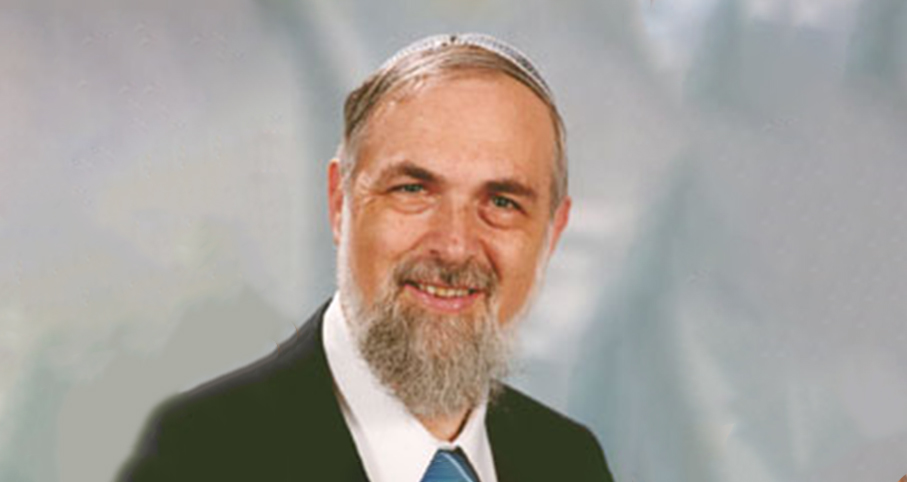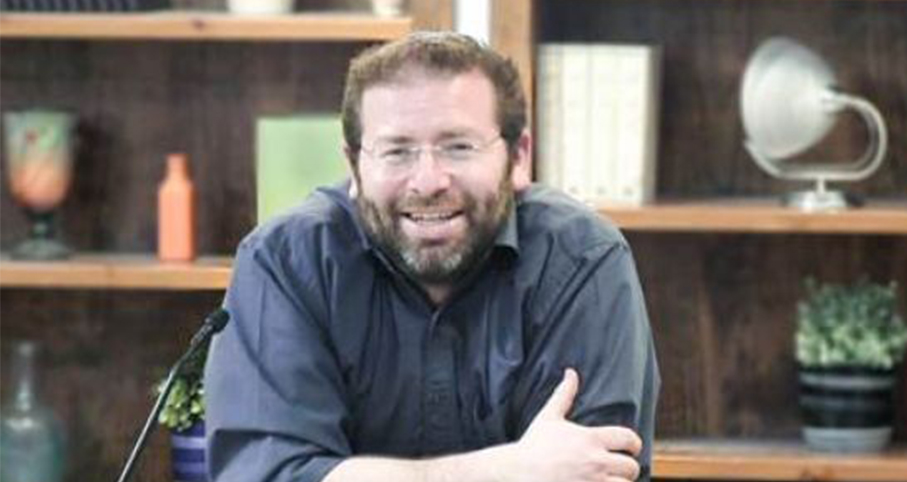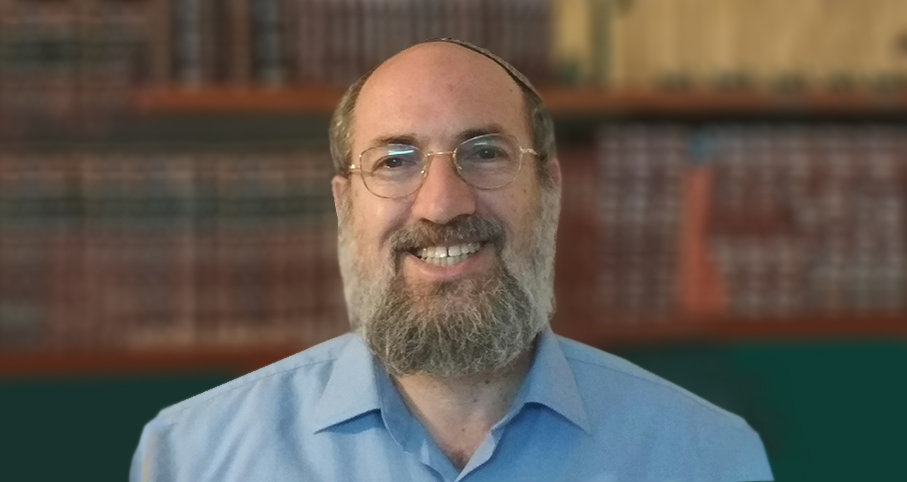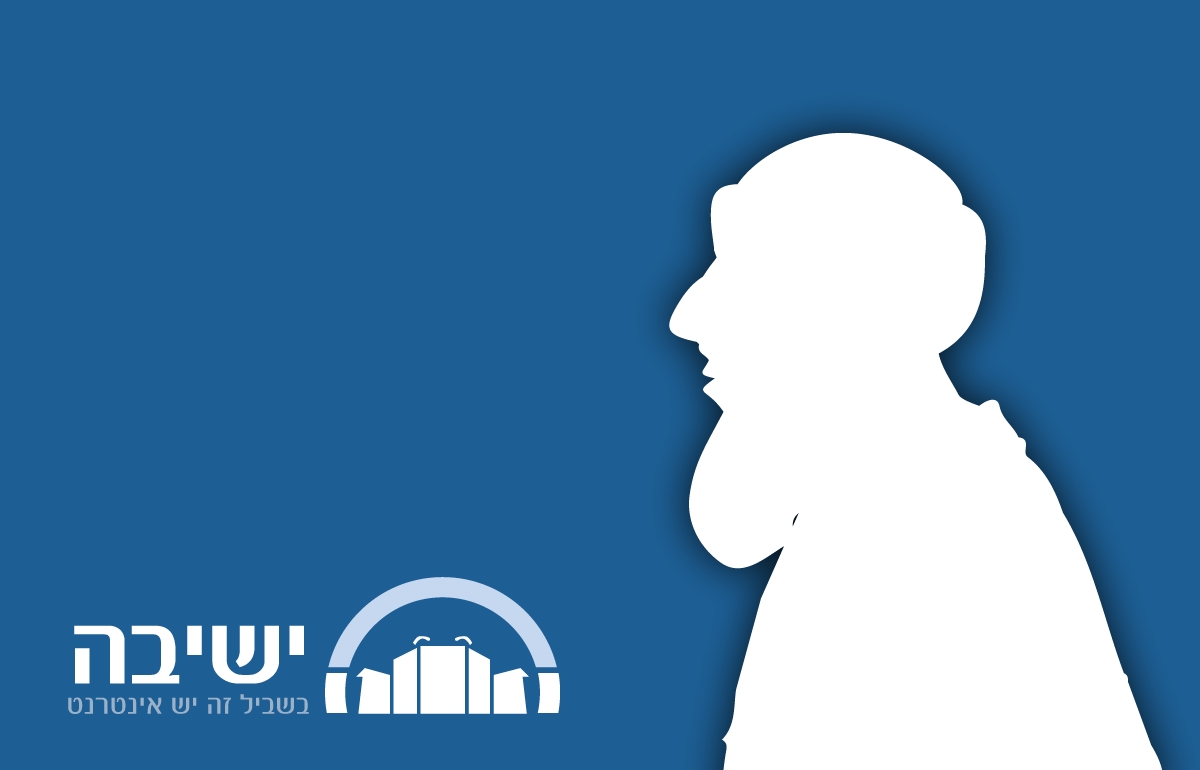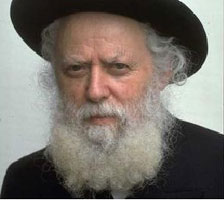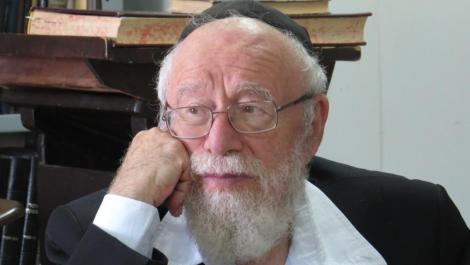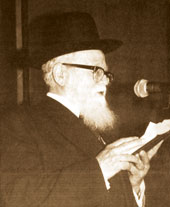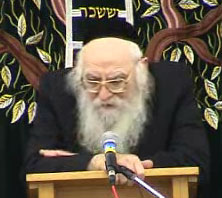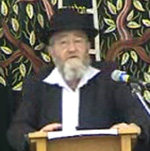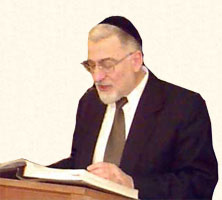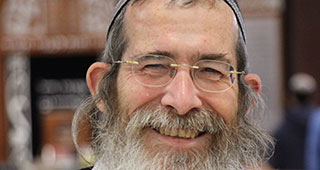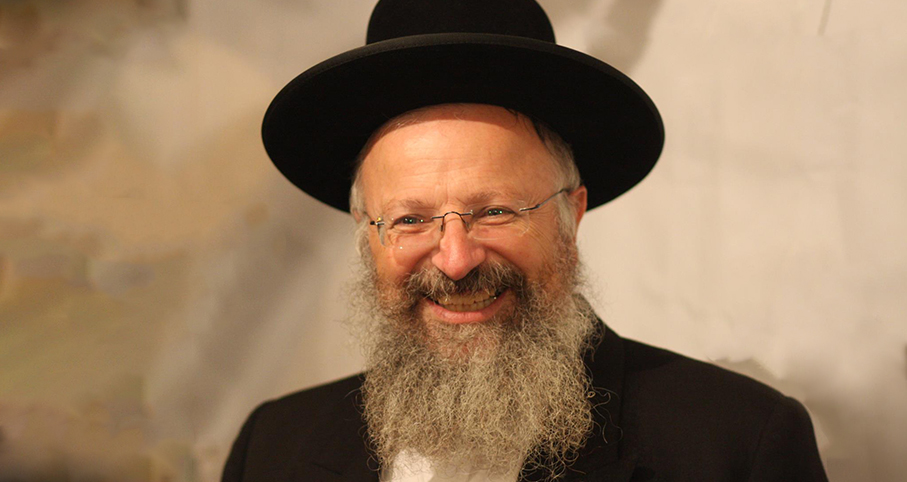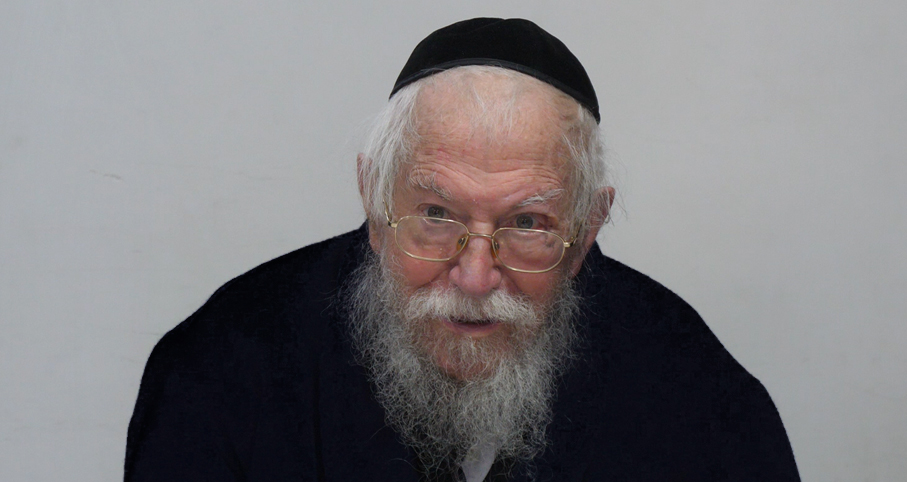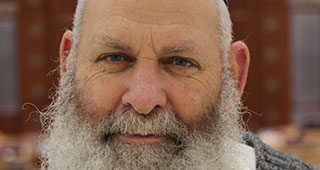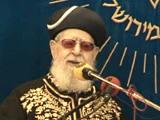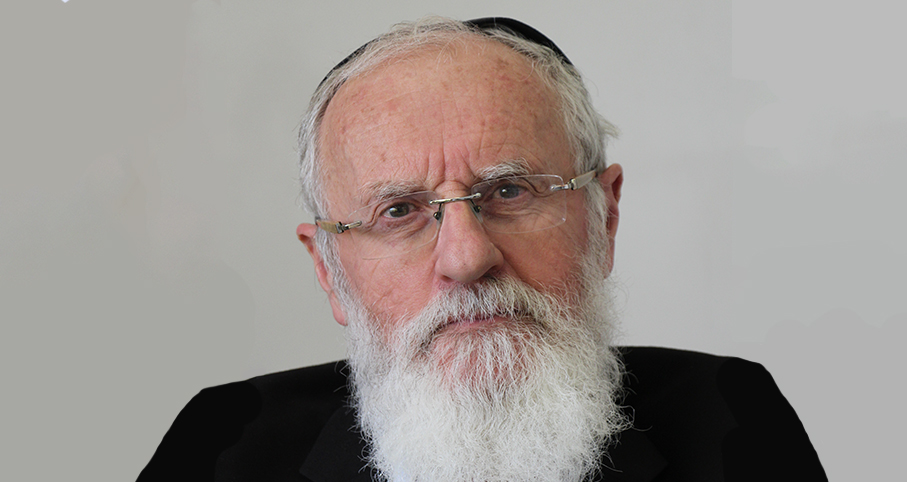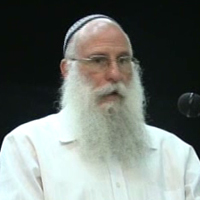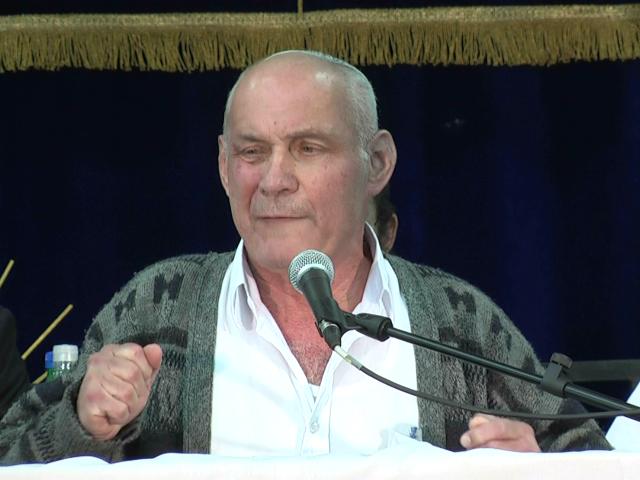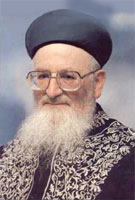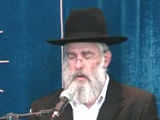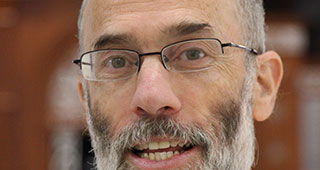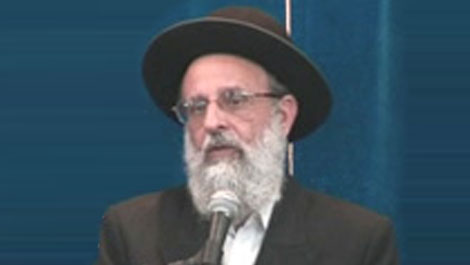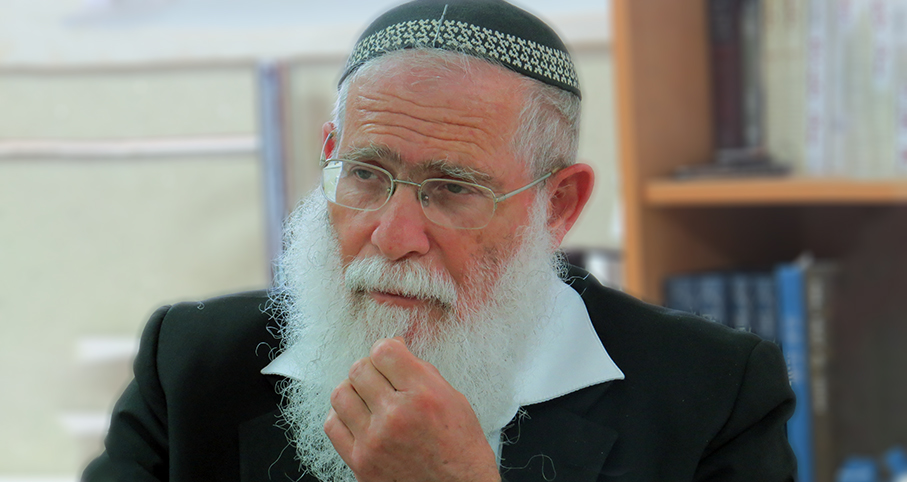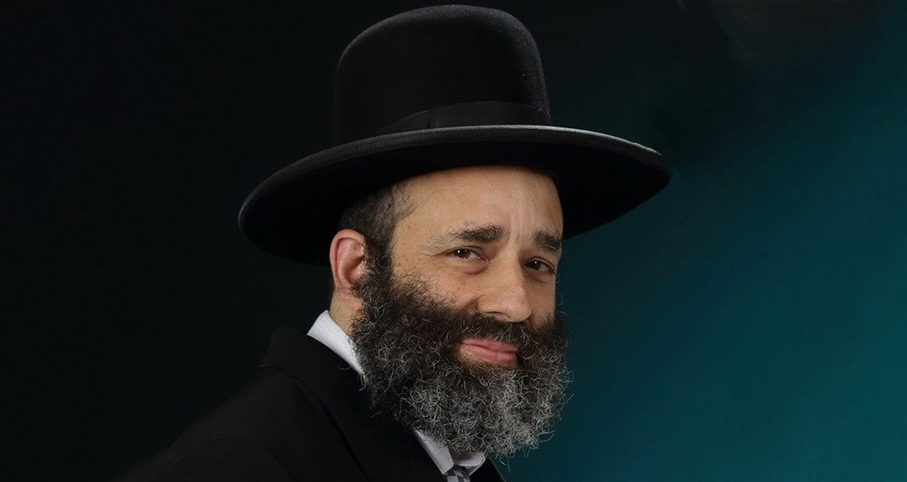Beit Midrash
- Sections
- Chemdat Yamim
- Parashat Hashavua
- Torah Portion and Tanach
- Bamidbar
- Beha'alotcha
This section of Zecharia was also selected as the haftara of the Shabbat of Chanuka, at which time we, of course, remember the special miracle that allowed for the continued lighting in purity of the menora later in the period of the second Beit Hamikdash. The question arises whether Chazal saw the miracle of Chanuka as the fulfillment of the prophecy of Zecharia.
Zecharia lived at the time of the Persian Empire, under the rule of Daryavesh (Darius). The leaders of the Jewish community were Zerubavel ben She’altiel, who was a descendant of David, and Yehoshua ben Tzadok, who was a descendant of Aharon Hakohen. We will now summarize another of Zecharia’s prophecy’s (Zecharia 8), which speaks about a wonderful liberation.
The liberation comes with good feelings and without the need for "birthing pains." There are no wars or security issues. The Divine Presence will return to dwell in Yerushalayim and its Mikdash. There is internal harmony within Am Yisrael, including between the spiritual leadership and the political leadership. The nations of the world will recognize Hashem’s kingdom and the liberation of Israel and will take a positive, active part in the process.
To our great dismay, with all of its great importance, none of these things occurred in the time of the Chanuka story. Therefore we can conclude that the menora described in Zecharia is not referring to the miracle of Chanuka and its celebratory chanukiya.
The decision of the young State of Israel to adopt as its symbol the menora of Zecharia, as it is flanked by olive branches on its side, contains an element of setting a high standard for what it envisions as liberation that it would like to reach. We thank Hashem for having the merit to see the beginning of the process and commend the State on its choice. We urge, already at this time, to work hard to forge a peaceful partnership between the Torah leadership and the political leadership, as Zecharia foresaw.
